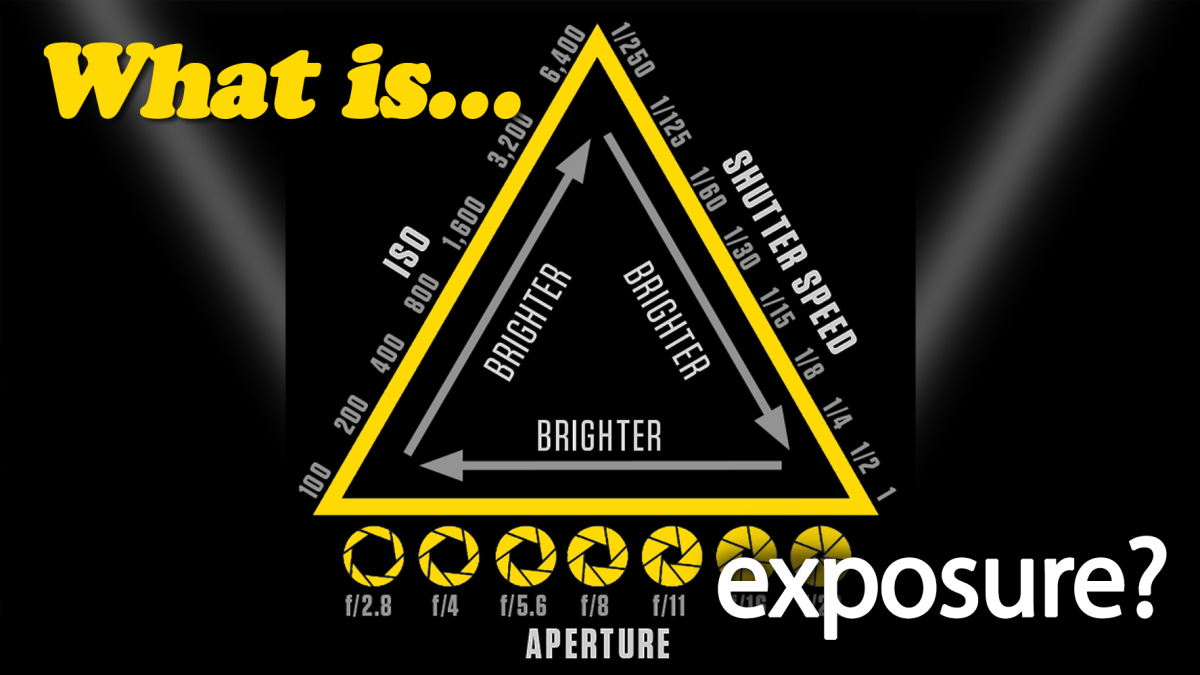[ad_1]
Watch video: What is exposure in photography?
No matter what you’re taking photographs of, or what you’re taking photographs with, the foundations of your image are built on one crucial thing: exposure.
So what is exposure in photography? Exposure is the amount of light that reaches the sensor or film inside your camera, which affects how light or how dark your image will be. You can control your exposure by manipulating three variables: ISO, aperture and shutter speed, commonly known as the exposure triangle.
• See more terms in our A-Z Dictionary of photography jargon
Explaining and understanding the exposure triangle has confounded photographers for decades, but it’s much easier to think of it as an exposure seesaw. Strictly speaking ISO actually controls the brightness of an image, so it’s helpful to think of ISO as a master brightness dial – but the brighter you make it, the more the image degrades, so you want to keep it as low as possible.
Technically the “luminous exposure” of a photograph is dictated by the aperture and shutter, so balancing this seesaw is the key to mastering exposure.
These two variables control the amount of light entering your camera in two distinct ways. The aperture controls the quantity of light that enters; when your aperture is wide open, lots of light can enter at once, producing a lighter image. When your aperture is narrow, only a small amount of light can come in, thus producing a darker image.
What is exposure in photography?

Shutter speed controls how long the camera’s shutter stays open. The longer it’s open, the more light can enter and the lighter a picture will be; but if it’s only open for a short time, less light can enter and the picture will be darker.
These abstract concepts can be difficult to get your head around, so this video gives a more tangible explanation. First imagine that the cup is our photograph, and filling it up with water is like filling it up with light to expose the image. If we pour in the water very slowly, it’s going to take a long time to fill up – which would be like using a slow shutter speed. But if we throw the water in there super fast, we have to throw it all in at once – and this would be like using a fast shutter speed.
Now imagine that the kettle is the photograph. If we fill it up through the small spout opening, we’re going to have to pour water in for longer – so this would be like a narrow aperture. But if we open the lid and fill it through the larger opening, we can pour water in much quicker – so this would be like a wide aperture.
Taking the analogy further, you can overexpose an image by overfilling your cup, and you can underexpose it by not filling it up enough. So what is the “correct” exposure? Well, some people like their cup filled all the way to the top, others like it filled three-quarters. So it’s entirely up to you – your cup is your photo, so you decide how much light to fill it with!

If you were asking what is exposure in photography, you might also be wondering what is ISO in photography? Using the best light meters will help you take control of your exposure, and these photography tips will enable you to master it!
[ad_2]
